Deoksugung Haemul Kalguksu (덕수궁해물칼국수)
16.1Km 2024-02-28
5, Jangsan-ro 855beon-gil, Maseo-myeon, Seocheon-gun, Chungcheongnam-do
041-956-7066
Located near the Geumgang Estuary Embankment, Deoksugung Haemul Kalguksu serves haemul kalguksku (noodle soup with seafood) full of clams and vegetables. Kalguksu (noodle soup) is made by rolling out a thin flour dough, slicing it into thin strips, and then boiling them in a soup. There’s a variety of kalguksu (noodle soup) dishes on offer, along with wangmandu (jumbo mandu). The broth is clean, thanks to shrimp and fresh vegetables. Don’t miss yeolmu kimchi (young summer radish kimchi), which is served as a side dish in the restaurant and goes perfectly with kalguksu (noodle soup).
Buyeo Naseong Fortress [UNESCO World Heritage] (부여 나성 [유네스코 세계문화유산])
16.3Km 2021-07-22
100-11, Dongmun-ro142beon-gil, Buyeo-gun, Chungcheongnam-do
+82-41-830-2623
Buyeo Naseong, also known as the Outer City Wall, was built to protect the capital of Baekje, Sabi. It has a x_height of about 8.4 kilometers. The wall surrouned Busosanseong Fortress and extended to the city of Buyeo.
The wall is one of the oldest walls along with Naseong in Pyeongyang and it is estimated to have been built around 538, when the Baekje capital was changed from Woonjin (current Gongju) to Sabi (current Buyeo). The wall of the fortress starts from the site where Dongmun (East gate) was located to the area of Geumgang River, made by piling soil up. However, only a few traces remain of its former glory.
For now, it leaves a blurry trail including a 20 meter area to the east of Cheongsanseong Fortress, Dongmun Bridge from Seokmok-ri, and an area from Pilseobong Peak to Yeomchang-ri. While the outer wall is sharply sloped, the inner wall was built with a gentle slope to make it easier for horses to reach the guard posts on the top of the wall. Inside the fortress, the palace of Baekje, government offices, houses, temples, stores and protected facilities can be seen. The entire structure of Naseong Fortress features Geumgang River in the south and west sides, providing a natural double-defense system. The wall was one of the important outer defense facilities along with Cheongsanseong and Cheongmasanseong Fortresses.
* Area: 554,591 ㎡
Baekjehyang (백제향)
16.5Km 2020-09-19
17, Sabi-ro 30beon-gil, Buyeo-gun, Chungcheongnam-do
+82-41-836-8729
Baekjehyang is a café serving yeonkkot bbang (lotus bread) and traditional tea which transformed from the Korean restaurant that specialized in yeonnip bap (streamed rice wrapped in a lotus / leaf). Located on the way to Gungnamji Pond, Baekjehyang provide fresh yeonkkot bbang made daily as well as other lotus related food including yeonnip shake (lotus leaf shake), yeonnip cookies and more.
Nonsan Ganggyeong Salted Seafood Festival (논산강경젓갈축제)
16.6Km 2023-09-18
45, Geumbaek-ro, Nonsan-si, Chungcheongnam-do
+82-41-730- 2973
Nonsan Ganggyeong Salted Seafood Festival is held in the town where the largest salted seafood market in Korea is located. The salted seafood in the area is known for its long tradition and special process. During the festival period, visitors can buy salted seafood at special discounted prices.
Jeongnimsaji Museum (정림사지박물관)
16.8Km 2020-12-11
83, Jeongnim-ro, Buyeo-gun, Chungcheongnam-do
+82-41-832-2721
Jeongnimsaji Museum is located in Buyeo, the last capital of Baekje, where the Baekje culture flourished for the 123-year-long “Sabi Era.” The museum was established on the building site of Jeongnimsa Temple, which was a symbolic meeting place for royalty and a center for politics based on Buddhist morals.
The museum highlights the Buddhist culture of Baekje, said to be the origin of Buddhism in Korea and Japan, and Jeongnimsa Temple, known as the culmination of Baekje Buddhism. The museum also seeks to emphasize the advanced technology of Baekje and reenact the Sabi Era using an interactive approach that relies heavily on videos, panels, replicas, and hands-on programs. Main attractions at the museum include the Jeongnimsa Temple Site (Historic Site No. 301), the five-story stone pagoda of Jeongnimsa Temple (National Treasure No. 9) and the seated stone Buddha (Treasure No. 108).
Jeongnimsa Temple Site & Sabi-gil (정림사지와 사비길)
16.8Km 2025-08-18
83 Jeongnim-ro, Buyeo-eup, Buyeo-gun, Chungcheongnam-do
Jeongnimsa Temple Site, located in the city center of Baekje, the capital during the Sabi dynasty, is a representative Buddhist site of Baekje. Even after the fall of Baekje, the Five-story Stone Pagoda of Jeonnimsa Temple Site still stands tall today, revealing the historical significance of Baekje. Sabi-gil, an eco-friendly walking trail, takes visitors around many popular attractions from the Baekje era, allowing a glimpse into the history and culture of Baekje.
Buyeo National Museum (국립부여박물관)
16.8Km 2021-08-13
5, Geumseong-ro, Buyeo-gun, Chungcheongnam-do
+82-41-833-8562
Buyeo National Museum was first established by the Buyeo Preservation Society in 1929 as a collection of relics and artifacts related to the Baekje kingdom. This collection was on display at a government building from the Joseon dynasty until 1970, when a new building was erected on the southern foothills of Busosan Mountain. It moved again on August 6, 1993 to the current location. The museum has four exhibition halls and an outdoor exhibit with a total of about 1,000 relics on display.
Buyeo Sky Banner (부여하늘날기)
16.9Km 2024-10-28
12 Seongwang-ro 173beon-gil, Buyeo-gun, Chuncheongnam-do
Buyeo Sky Banner is the only place that offers free-flying hot air balloon ride in Korea and was designated as one of the top ten themed travels by Korea Tourism Organization. Buyeo is a rural region considered ideal for flying hot air balloons due to its relatively low mountain terrains. The balloons fly a distance of seven to eight kilometers over the Baengmangang River, offering a bird's-eye-view of Buyeo and the Geumgang River as well as the many historical heritages from the Baekje period.
Ganggyeong Oknyeobong Park (강경 옥녀봉)
16.9Km 2020-03-21
Bukok-ri, Nonsan-si, Chungcheongnam-do
+82-41-746-8503
Oknyeobong Peak is one of the eight scenic views of Nonsan and offers a great overview of the Geumgang River as it flows through the Ganggyeong district. Continuing out into the distance, views of Nonsan and Iksan can be seen, bringing to mind a traditional painting of a mountain and river. The scenery is so beautiful that there is a myth of mountain gods coming down to play and bathe during the full moon.
The signal-fire tower at the peak was built to receieve signals from the tower on Gwangduwonsan Mountain in Iksan, and passes the message along to Noseong signal-fire tower. The park is also in the area of the nation's earliest Baptist church, making it famous for people on a pilgrimage to sacred places.
Buyeo Market & Baengmagang Moonlight Night Market (부여장 (5, 10일) / 백마강달밤야시장)
16.9Km 2024-07-03
12 Seongwang-ro 173beon-gil, Buyeo-eup, Buyeo-gun, Chungcheongnam-do
Buyeo Market is a 5th-day market that opens every month on the 5th, 10th, 20th, 25th, and 30th or 31st (last day) of the month in the Gua-ri area of Buyeo-gun, Chungcheongnam-do. The market is regularly within the permanent market area spans over 9,693 ㎡. The market is visited by 2,000 customers on a daily basis and offers a wide variety of goods such as grain products, general supplies, fruits, and more. On Fridays and Saturdays, Baengmagang Moonlight Night Market takes place in the evening from 18:00 to 23:00. Visitors will find a charming stage and diverse food vendors equipped with tables and seats.

![Buyeo Naseong Fortress [UNESCO World Heritage] (부여 나성 [유네스코 세계문화유산])](http://tong.visitkorea.or.kr/cms/resource/71/2725771_image2_1.jpg)
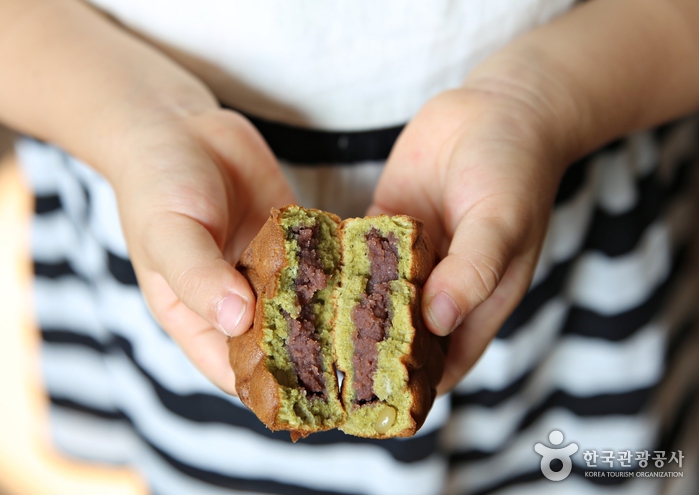
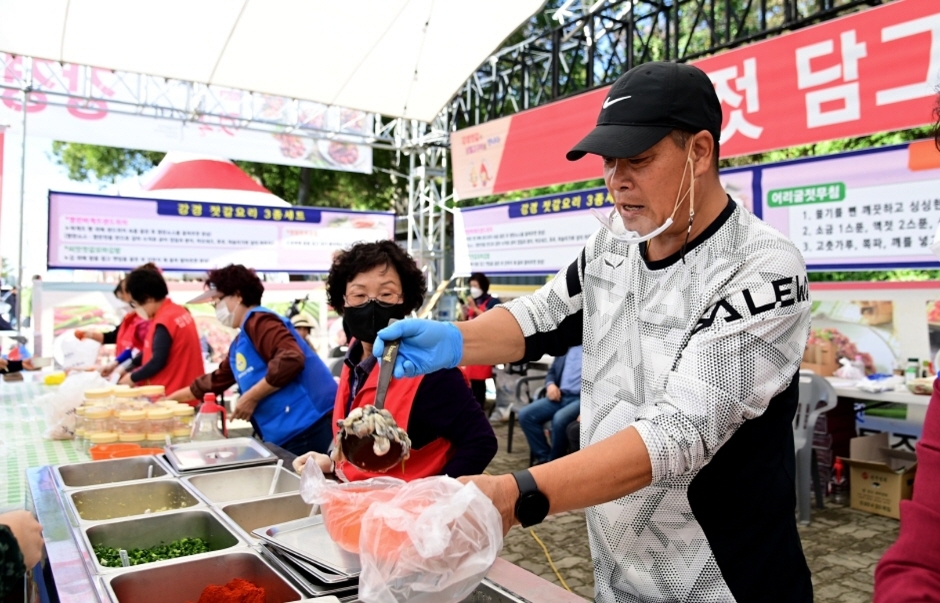
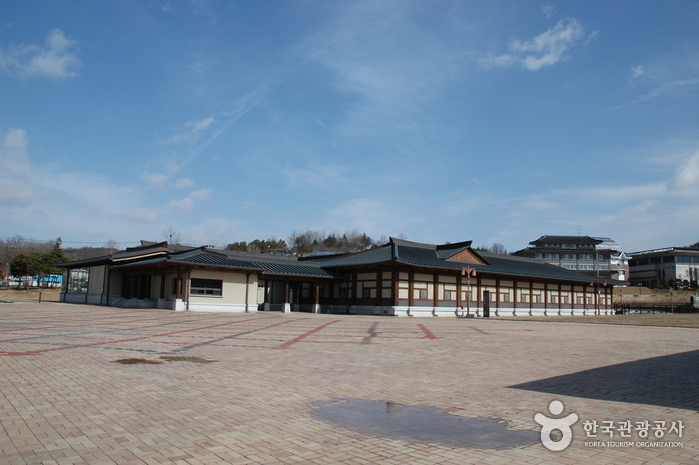
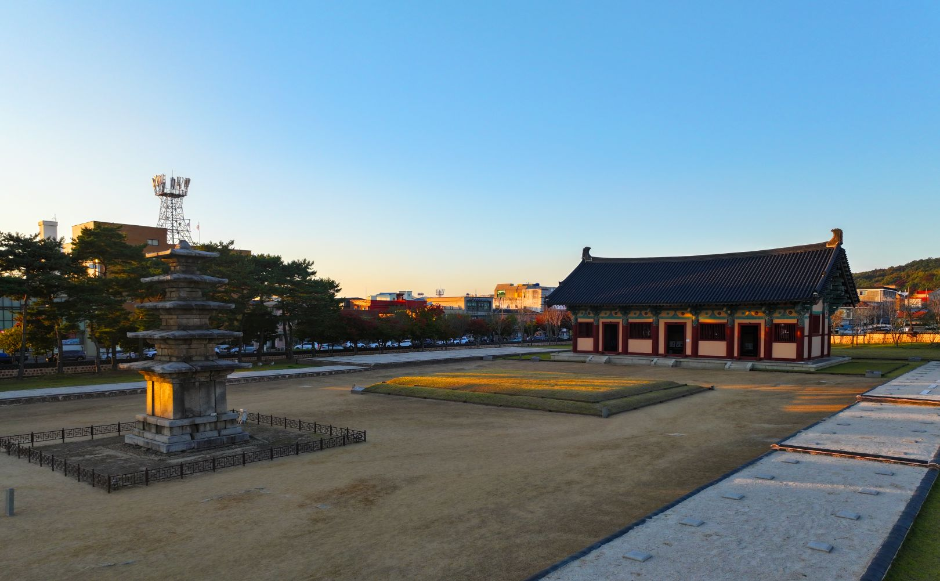
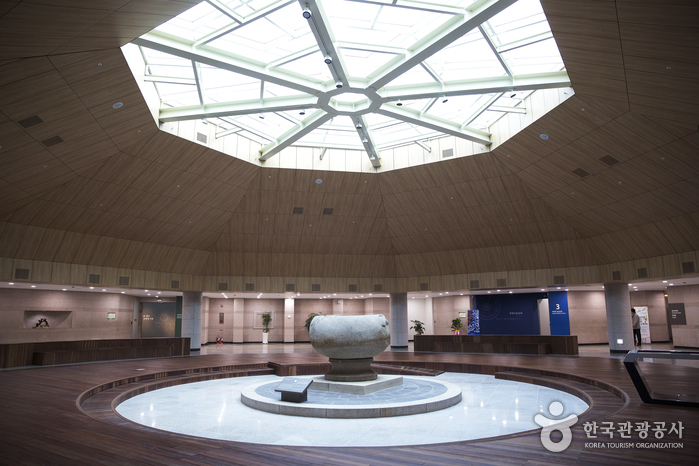
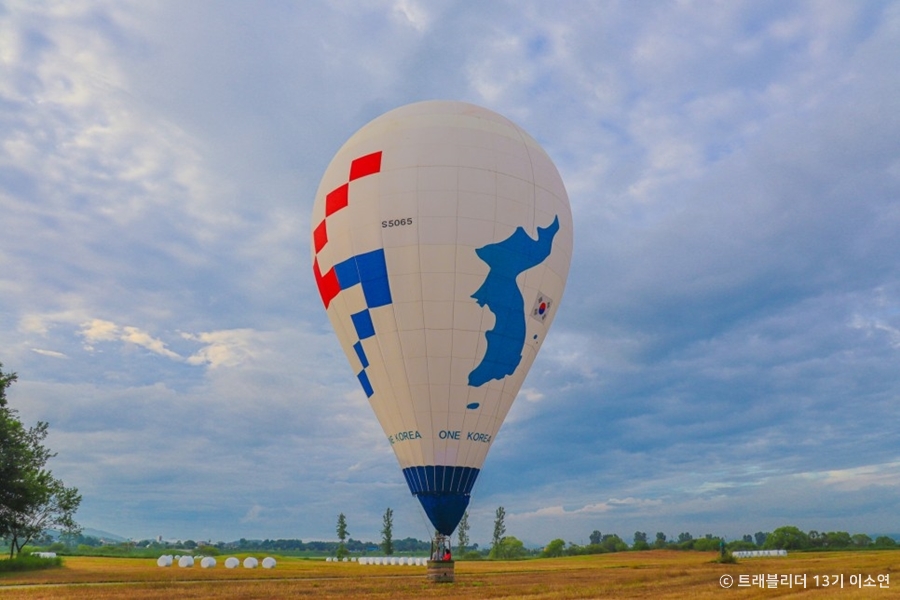
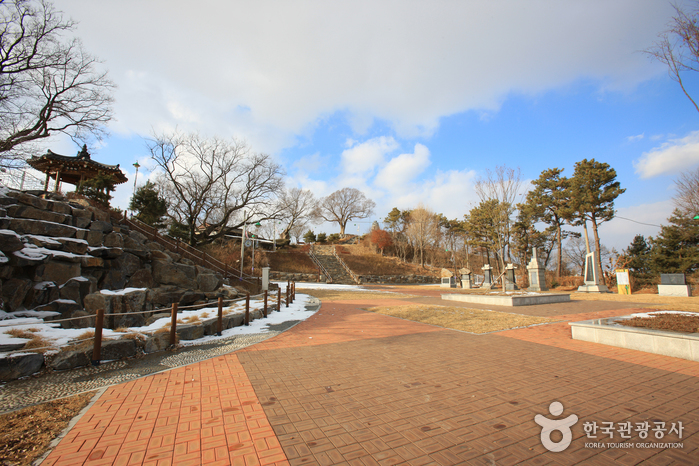
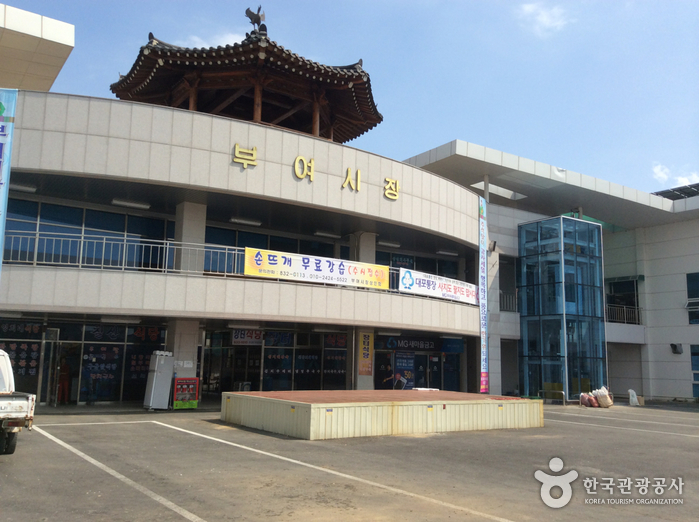
 English
English
 한국어
한국어 日本語
日本語 中文(简体)
中文(简体) Deutsch
Deutsch Français
Français Español
Español Русский
Русский